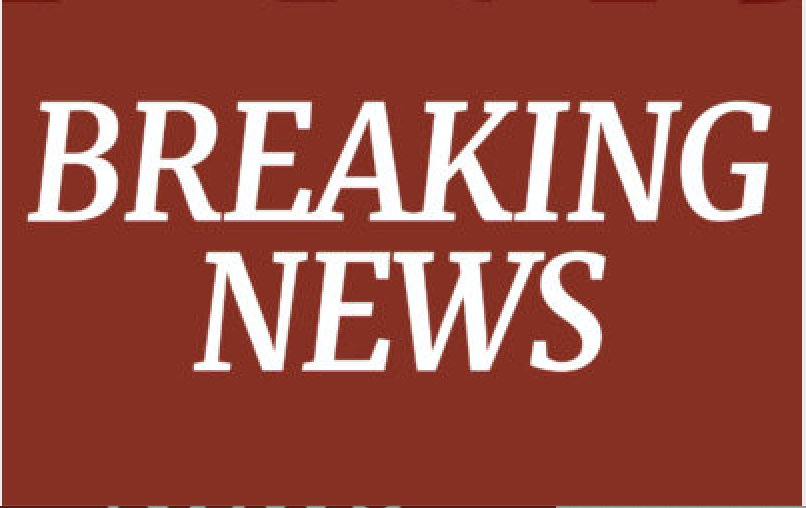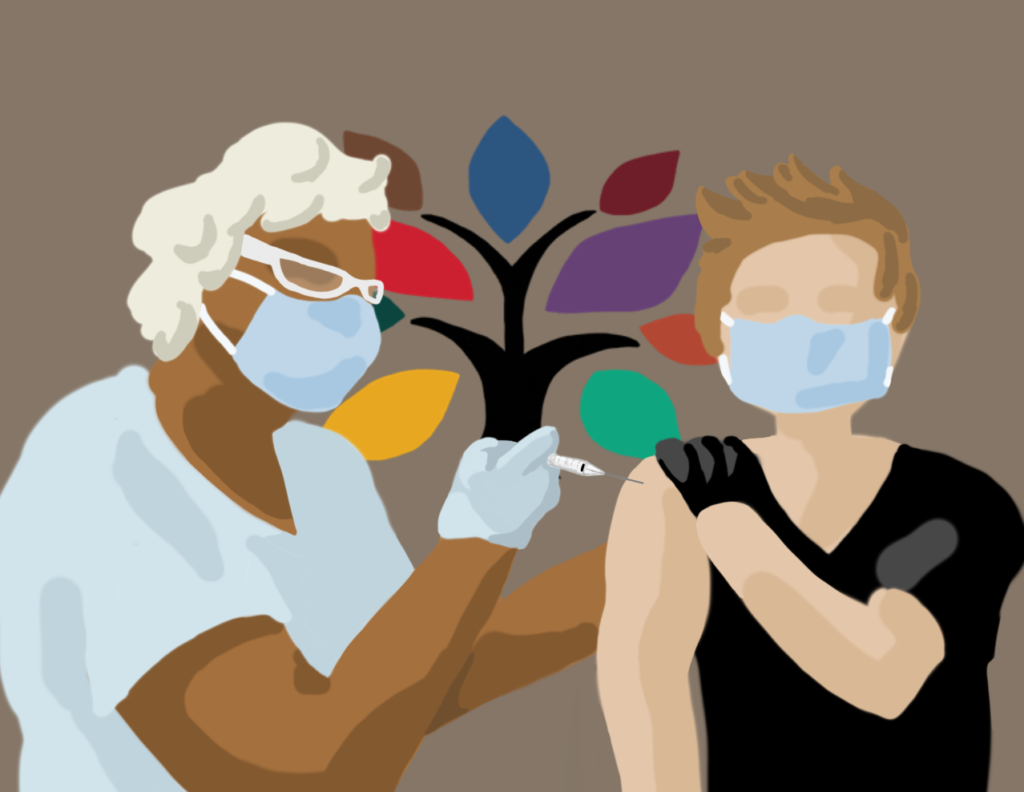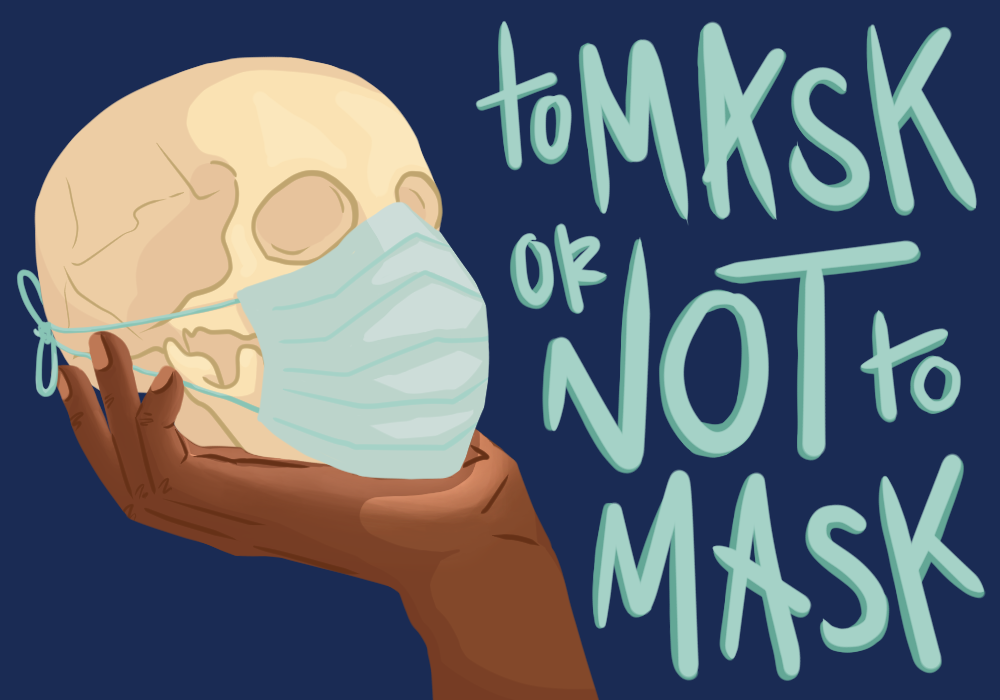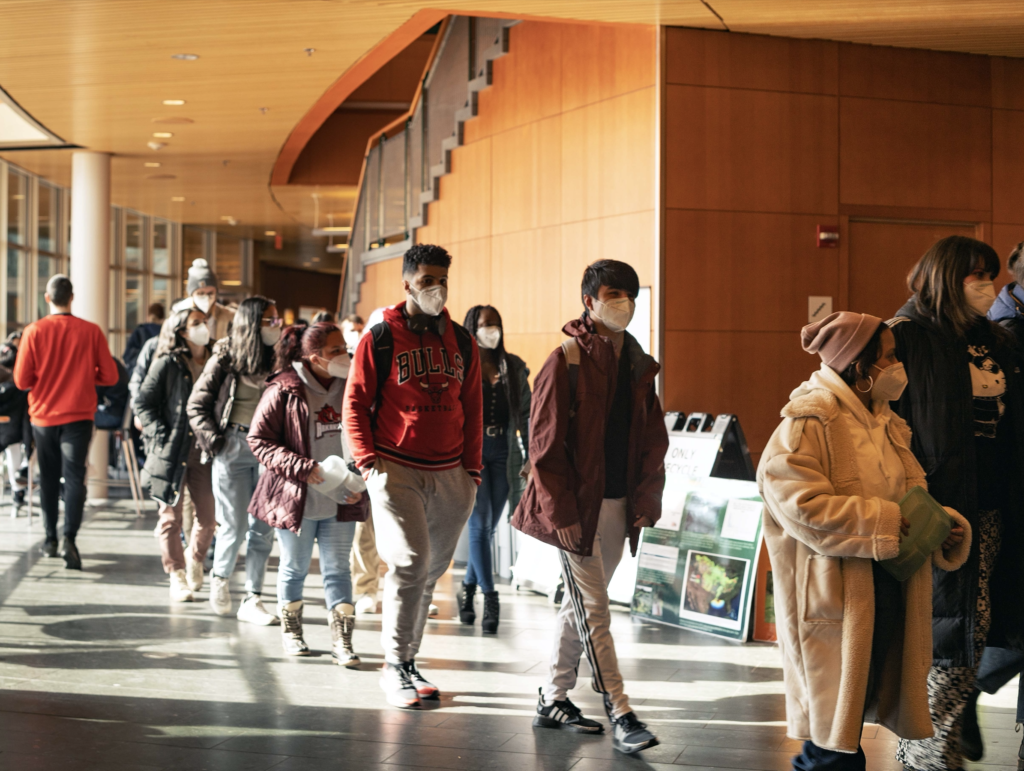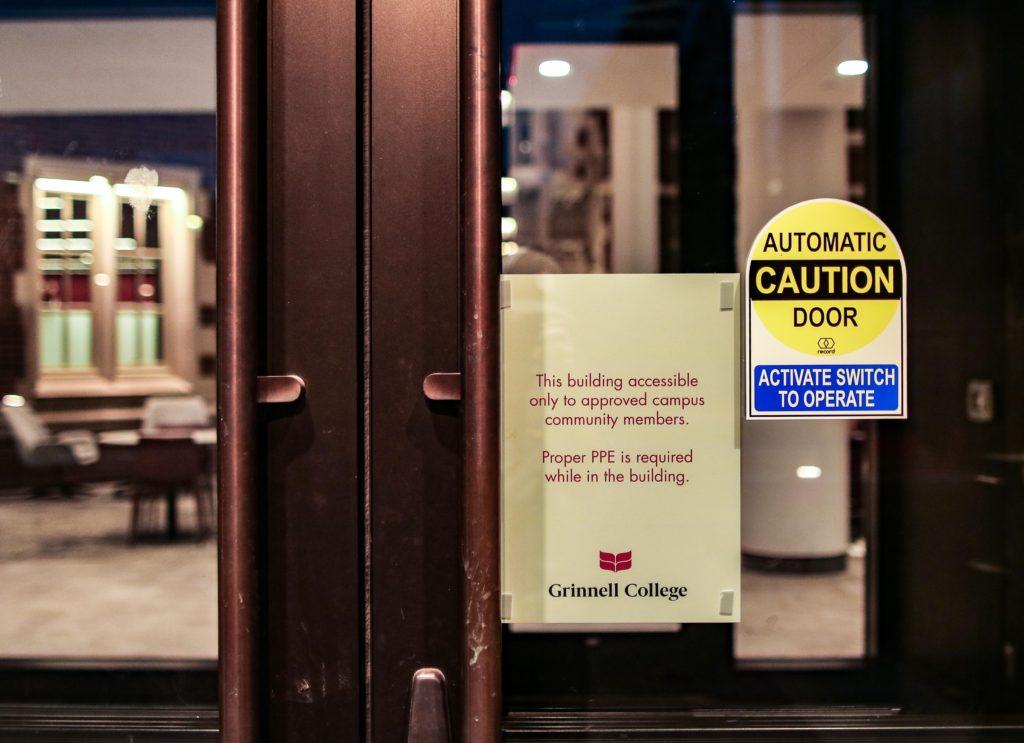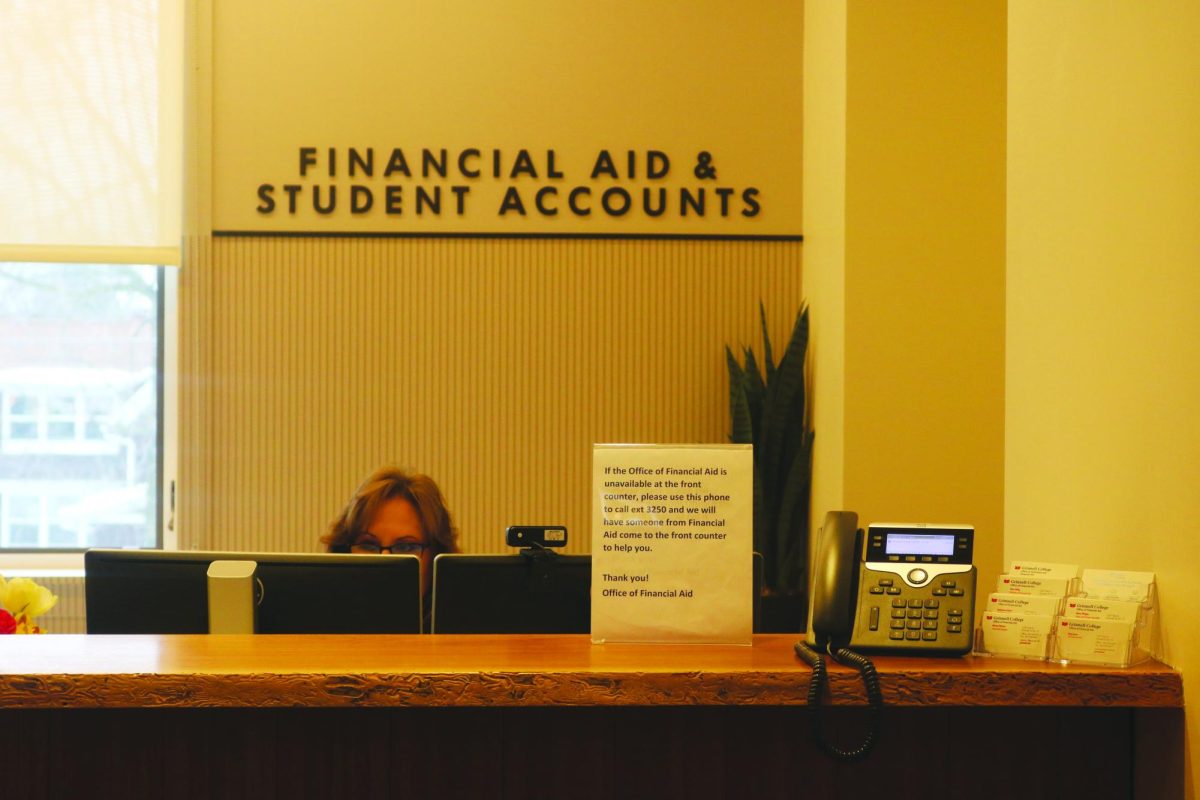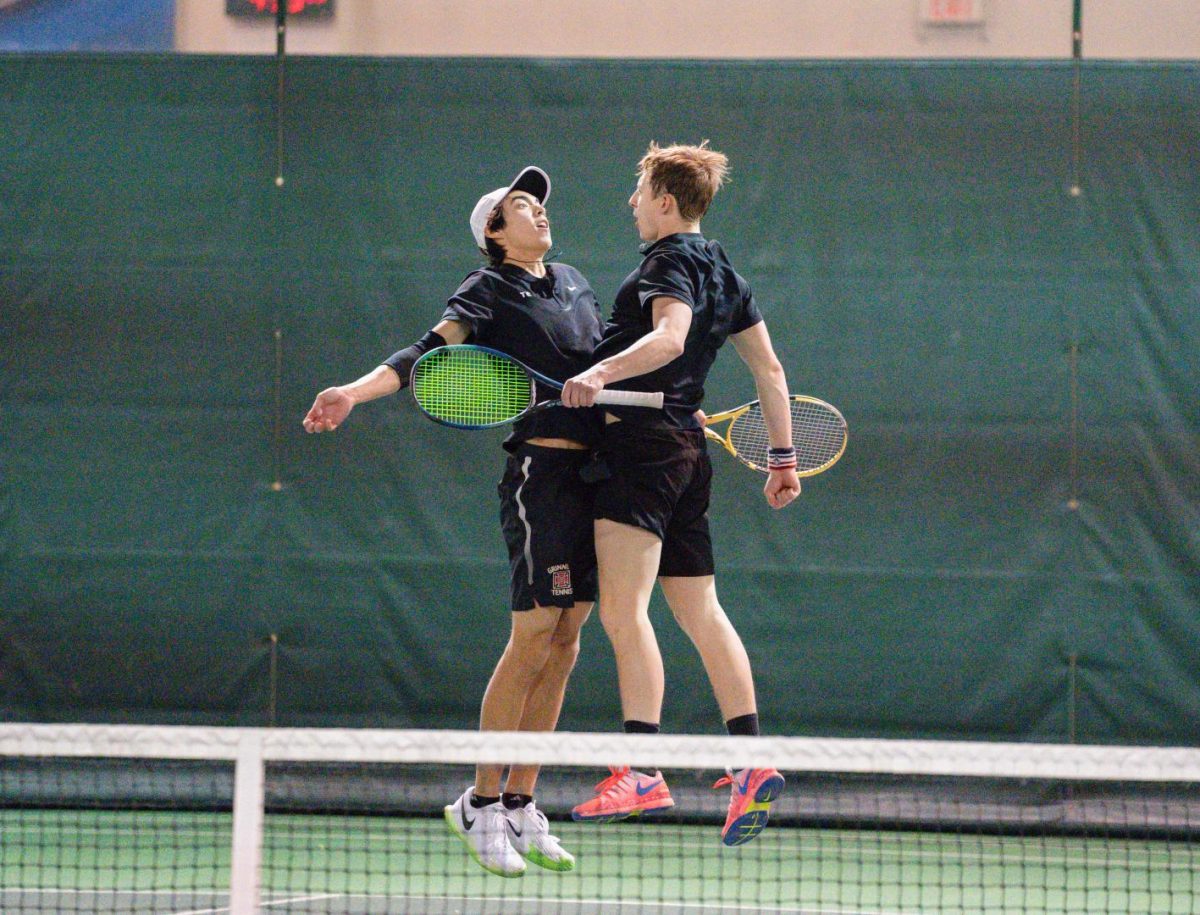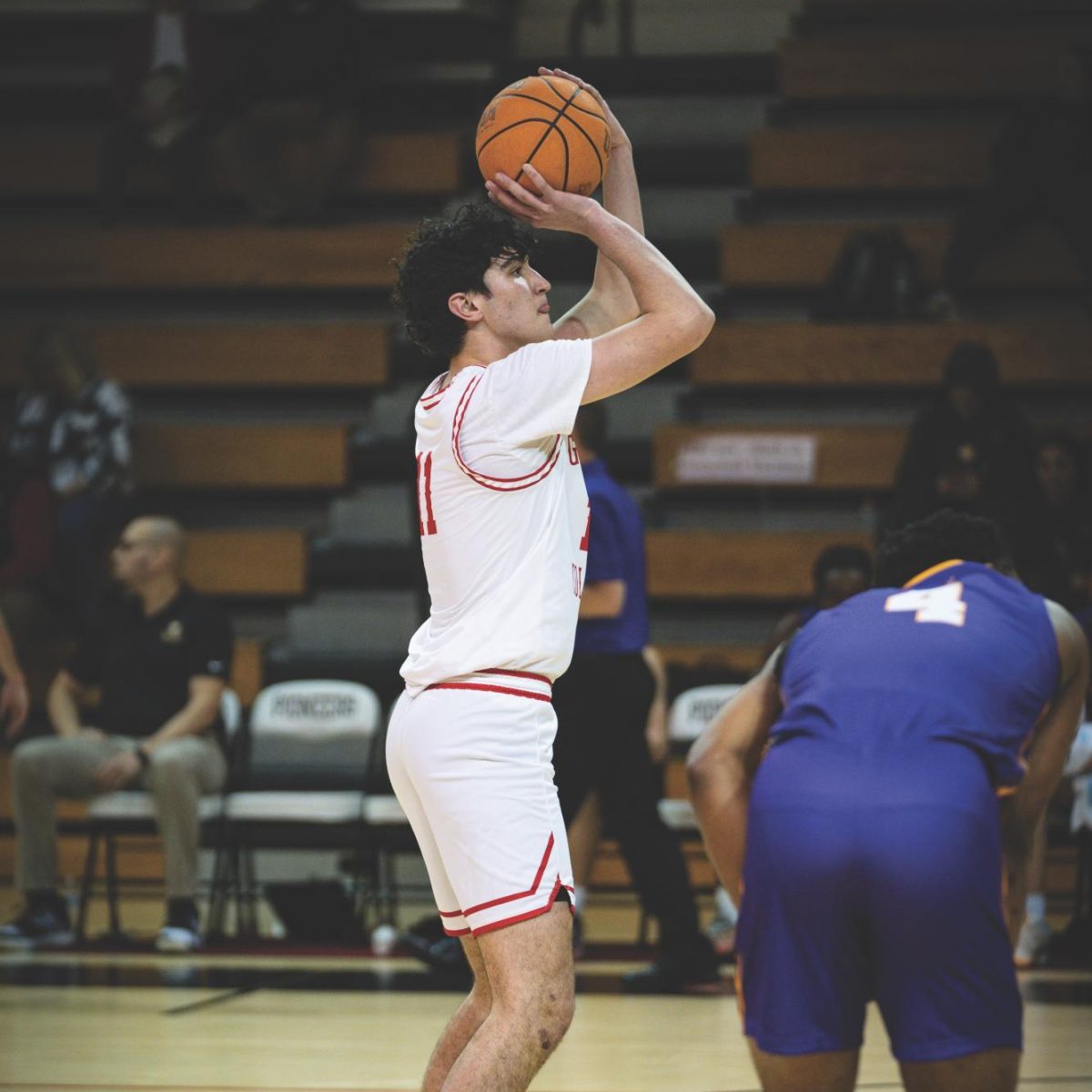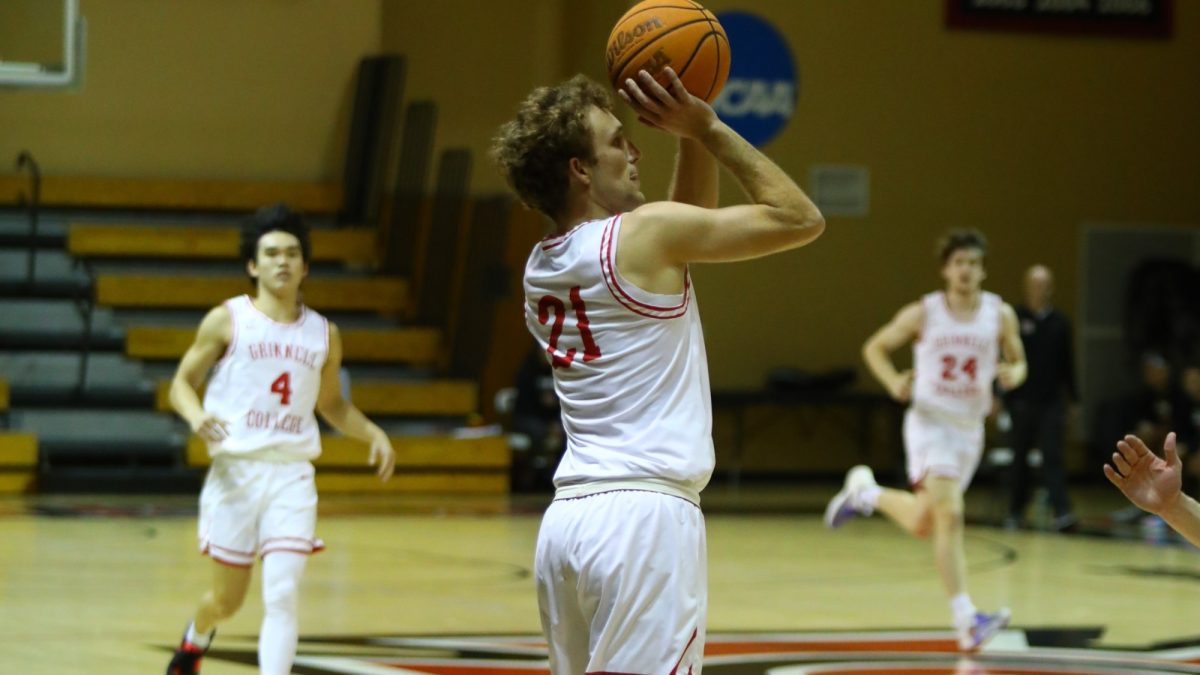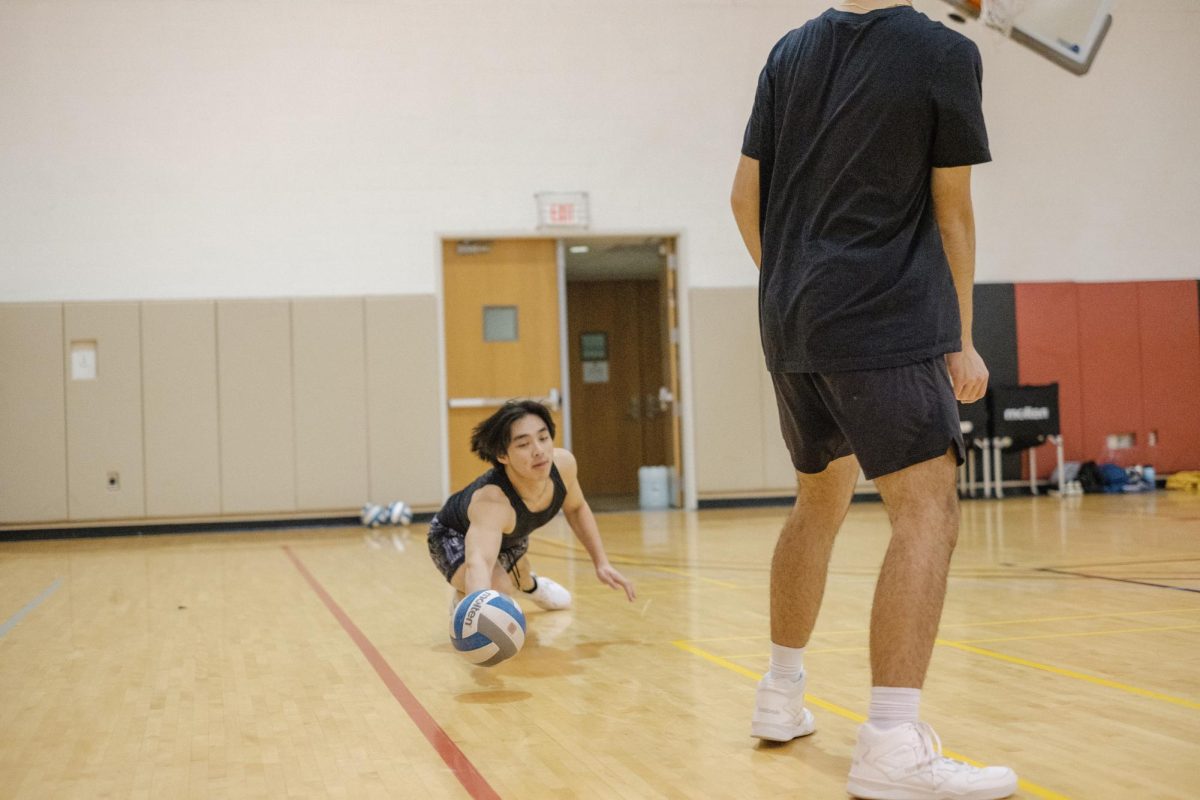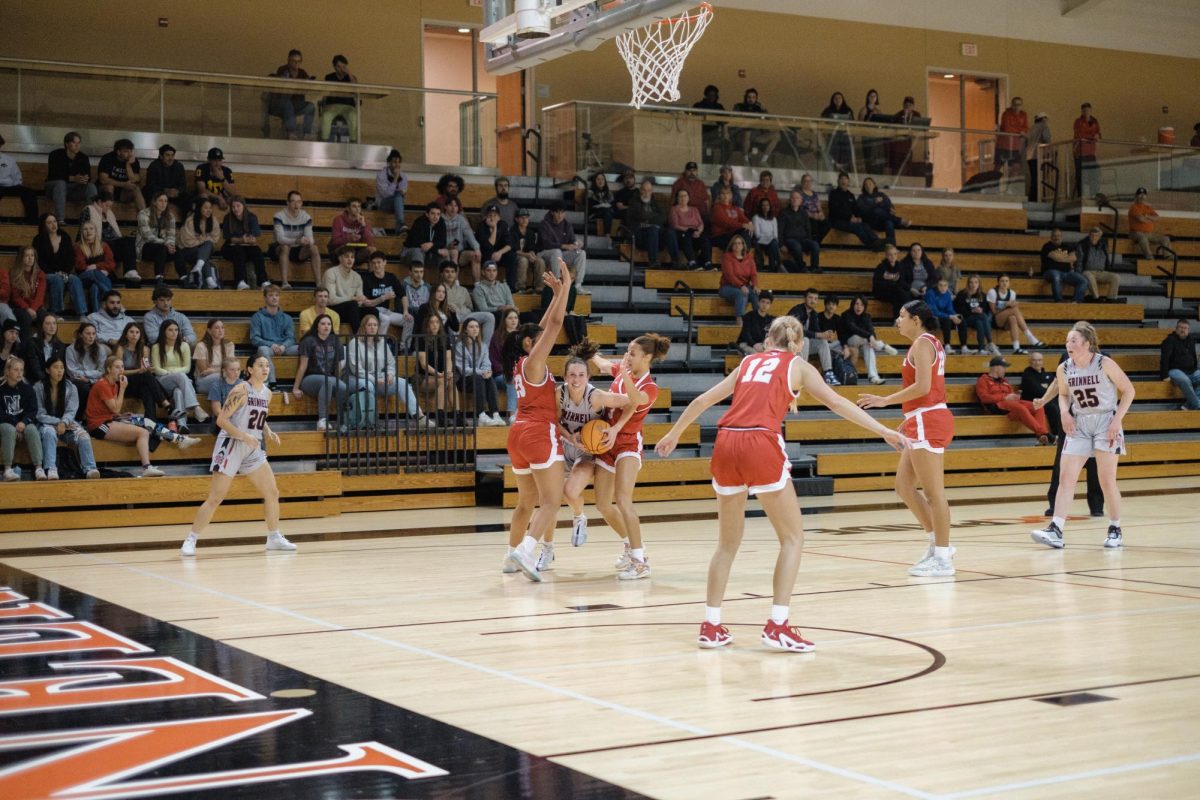Grinnell College is moving forward with plans to bring over 300 first-year students back to campus for Spring Term 1.
In an email sent out to first-years on Wednesday afternoon, Elaine Marzluff, Dean of the College, explained that despite rising cases nationally, Grinnell is committed to introducing first-year students to the Grinnell community. These students will join the 104 students across all years already living on-campus.
“Our rigorous testing program … has shown that students on campus and in Grinnell have done a remarkable job staying healthy and safe,” Marzluff wrote in the email. “[Students’] efforts have made it possible for our campus story to be different from that of many other communities.” As of Dec. 2, only 5 students have tested positive for COVID-19 out of the 387 unique students tested with conclusive results, both on- and off-campus, since testing began in late August, 2020.
Across the Grinnell Class of 2024 Discord server, first-year students reacted with excitement.
Ashley Pacheco ’24 wrote that she received the email while in her chemistry class, and became too excited to focus for the rest of the hour. “I was ecstatic … this will be my first time visiting Grinnell, so it’s just going to be incredible to go and fully meet everyone I’ve grown close with online.”
Other students felt more hesitation, especially in light the College’s reversal of its initial move-in plans for first-year students in Fall Term 1 and second-year students in Fall Term 2. Brian Goodell ’24 wrote, “Grinnell better not have given us all this hope only to change their mind down the road.” Ultimately, Goodell wrote, he understands if Grinnell ends up reversing today’s decision if cases continue to rise in Grinnell, but he’d be “so sad” if it happened.
The College is “determined” to have “designated cohorts” on campus during the Spring Term 1 (S1) and Spring Term 2 (S2) quarters next semester, Director of Emergency Management Heather Cox wrote in an email to The S&B. The S1 cohort will be the invited first-years, while the cohort designated for S2 is second- and fourth-year students.
This will be my first time visiting Grinnell, so it’s just going to be incredible to go and fully meet everyone I’ve grown close with online. – Ashley Pacheco ’24
The College had previously announced their intent to have similar cohorts on campus for the Fall 1 and 2 quarters in the current semester but canceled the arrival of both as the pandemic continued to worsen. However, Cox wrote, “currently the case counts on campus and the policy compliance among students support that goal” of bringing S1 and S2 cohorts back. The College will be tracking pandemic severity at multiple geographical levels to inform the final decision.
During Spring Term 1, courses will remain mostly online with the possibility of limited in-person learning experiences for first-years. Campus-wide events will remain online as well. All dorms will be singles, though students have the ability to request classmates to live in their residence hall and be a part of their scurry once they arrive.
Some “high-touch” classes like science labs, studio art and theatre and dance courses may be in-person if the spring semester proceeds as planned, as well as MAPs and other research projects. The College has installed tracking cameras and microphones in some classrooms in order to support a hybrid learning model, where some students attend class in person and others attend remotely. But additional physical restrictions have made preparing the College’s small-scale classrooms for in-person learning during the pandemic difficult, particularly the six-foot social distancing rule.
“To keep people at that six-foot distance requires that we drop the capacity of our classrooms dramatically,” Marzluff said. “So we don’t have many classrooms on campus that can, in a physical distancing capacity, accommodate a typical class size for first-year students.”
With social distancing guidelines in place, a classroom that would usually hold 25 to 30 students will now only be able to host 10 at a time, Marzluff said. College administrators have been developing furniture arrangements for the rooms that will allow for relatively safe in-person instruction.
But outside of the potential for in-person learning, it’s likely that not much will change as far as the College’s COVID-19 policies go in the spring semester.
The COVID-19 testing program will expand to include any faculty and staff not already covered by it, Marzluff said, and Cox wrote that the contact tracing procedures after a student tests positive will remain the same. (The Iowa Department of Public Health has stated that the College can no longer perform contact tracing on employees). The current definition of “close contact” used by the College is having been within 6 feet of the infected person for a total 15 minutes or more in one 24-hour period, whether or not masks and face shields were worn at the time.
If a COVID-positive student in on-campus quarantine develops severe symptoms, Moschenross wrote, they will be transported by ambulance or Campus Safety to Grinnell Regional Medical Center for treatment. Otherwise, SHAW nursing staff will perform daily check-ins on students in quarantine.
“Provided faculty, staff and students adhere to campus PPE and distancing policies while in these spaces,” Cox wrote, “we anticipate very few contacts — or exposures — that would require quarantine for others in the class.”
Grinnell will host a WebEx event on 7:30 p.m. on Thursday, Nov. 3 for first-year students and their families to share more details regarding move-in procedures and social distancing practices for the upcoming term.
Eva Hill contributed reporting.

















































